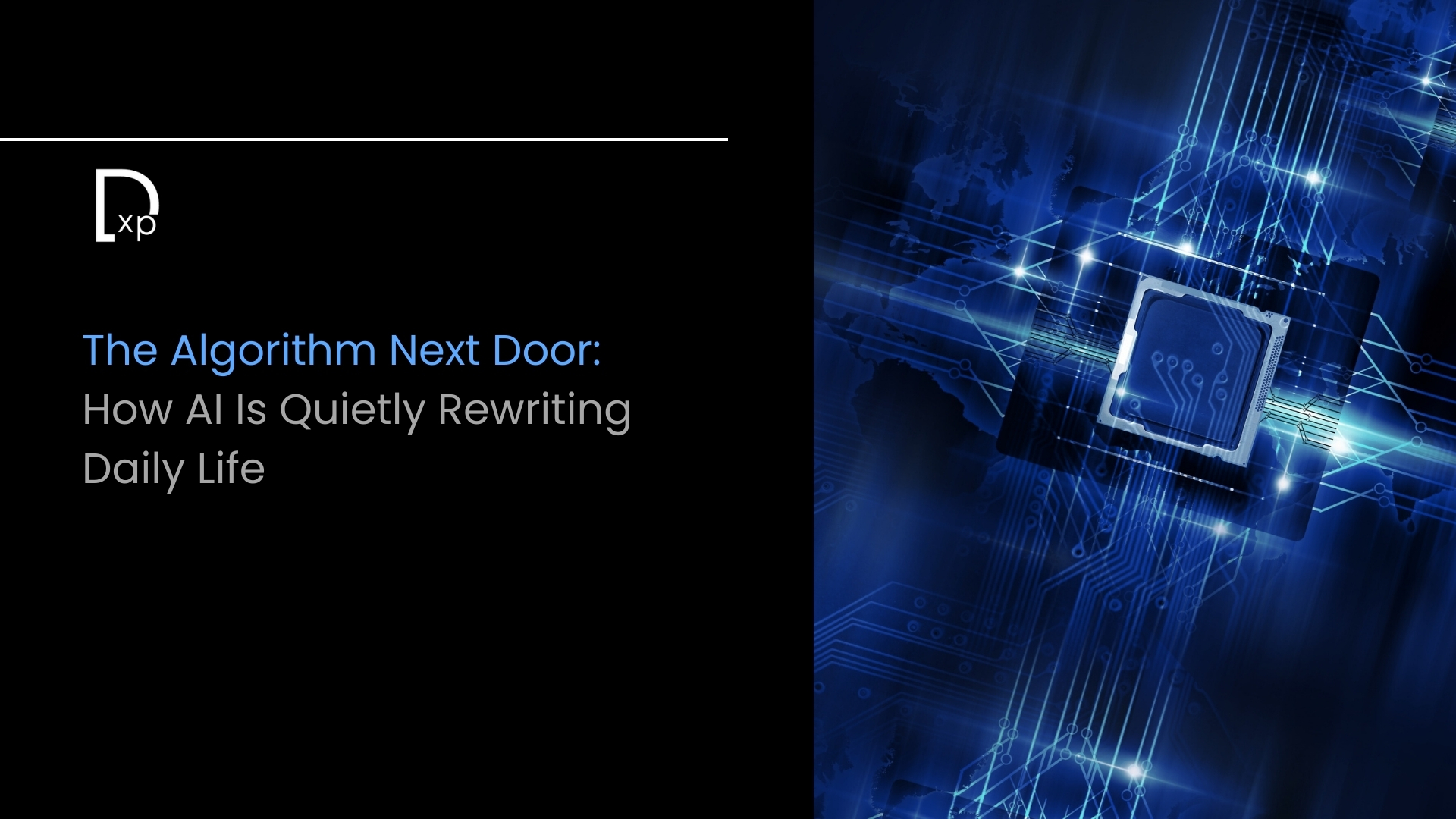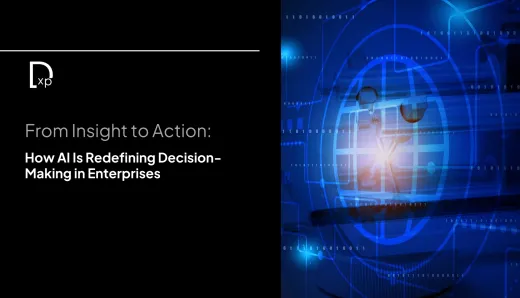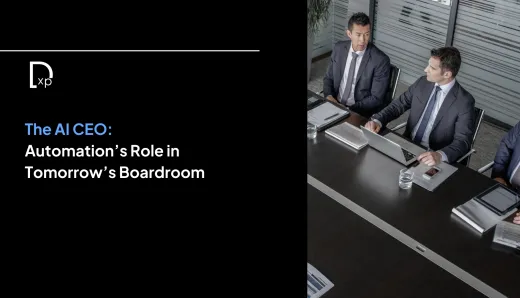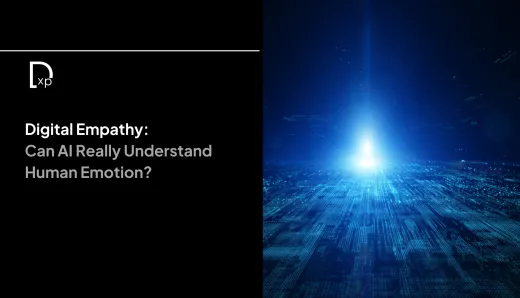The Algorithm Next Door: How AI Is Quietly Rewriting Daily Life

Artificial Intelligence isn't just knocking on the door anymore — it's already inside, sipping coffee at the kitchen table. From how people shop, commute, and even fall in love, AI is weaving itself into the everyday fabric of modern life. And here's the kicker: most folks don't even realize it's happening.
We're not talking about some distant future with flying cars and sentient robots. This is about the here and now, where algorithms are making micro-decisions behind the scenes that impact nearly every aspect of how society functions.
So, what does this quiet revolution look like? Let’s break it down, Fire Nation-style — fast, clear, and packed with takeaways.
1. AI Is Driving Everyday Decisions — Literally
Look at ride-sharing apps like Uber or Lyft. The routes, the driver assignments, the pricing — all governed by machine learning models. These AI systems analyze real-time traffic data, weather conditions, and even local events to optimize the user experience in milliseconds.
Even the vehicle itself is changing. Tesla’s Autopilot, Waymo’s self-driving tech, and dozens of EV startups are racing toward full autonomy. AI isn’t just helping people get from A to B faster — it’s learning how to do the driving entirely.
Takeaway: Whether behind the wheel or under the hood, AI is becoming the quiet co-pilot of modern mobility.
2. Smart Homes, Smarter Living
Walk into a modern home, and AI is already greeting you — sometimes literally. Smart assistants like Alexa, Google Assistant, and Siri are powered by natural language processing models that continue learning your preferences over time.
Thermostats like Nest learn your temperature habits. Security cameras recognize familiar faces. Fridges track expiration dates and suggest recipes. AI doesn’t just automate tasks — it curates a lifestyle.
Takeaway: The algorithm next door is now inside your home, learning and optimizing how you live without you lifting a finger.
3. AI in Your Pocket — And Your Feed
The most used AI today? It lives in people’s pockets. Social media platforms like TikTok, Instagram, and YouTube aren’t just serving random content. Their recommendation engines use deep learning to keep users scrolling, clicking, and sharing.
These platforms know what users want before they do. And while that might sound spooky, it’s all about pattern recognition — behavior, engagement time, interest clusters — all crunched by AI.
The result? Personalized content pipelines that keep people hooked.
Takeaway: Every scroll, like, and swipe is fuel for the algorithm — shaping your digital world in real-time.
4. AI Is Changing How We Work
The workplace is evolving fast, and AI is one of the biggest disruptors. Tools like ChatGPT, Copilot, and Jasper are redefining productivity. They write emails, generate reports, summarize meetings, and even build code.
Recruitment platforms now use AI to scan resumes and pre-screen candidates. Project management tools leverage AI for forecasting and resource optimization. Even customer service? Largely handled by intelligent bots that are getting frighteningly good at sounding human.
Takeaway: The future of work isn’t man vs machine — it’s man with machine. And those who embrace the shift early are already ahead.
5. Personalized Everything — From Health to Entertainment
Streaming platforms know what to suggest next. E-commerce stores predict what users will buy. Fitness apps adjust workouts based on past performance. Health apps detect irregular heartbeats before symptoms appear. That’s AI, turning big data into hyper-personalized experiences.
Even the food delivery app that “just knew” you wanted sushi tonight? Yep. AI.
Takeaway: Personalization isn’t a perk anymore — it’s the standard. And AI is the silent engine behind it.
6. The Flip Side — Privacy, Bias, and the Human Touch
Now, let’s pump the brakes for a moment.
With great automation comes great responsibility. The same AI that recommends your next binge-watch could be filtering job applicants unfairly. Algorithms are only as unbiased as the data they’re trained on — and that’s a serious issue across industries.
There’s also the question of privacy. The more AI knows, the more it needs to know — and data collection is at an all-time high. Balancing convenience with control is one of the defining challenges of the AI age.
Takeaway: Embrace the benefits, but stay informed. Ask the right questions. Demand transparency from tech providers.
Final Thoughts: The AI You Don’t See Is the One That Matters Most
Here’s the bottom line: AI doesn’t need to be flashy to be powerful. In fact, the most transformative algorithms are the ones running quietly in the background — making daily life smoother, smarter, and more connected.
The winners in this new era won’t be those who fear the change — but those who recognize it, adapt to it, and use it to level up. Whether you're a tech pro, entrepreneur, or everyday consumer, it’s time to look around and ask:
Where is AI already helping me — and how can I put it to even better use?
That’s where the real magic begins.




